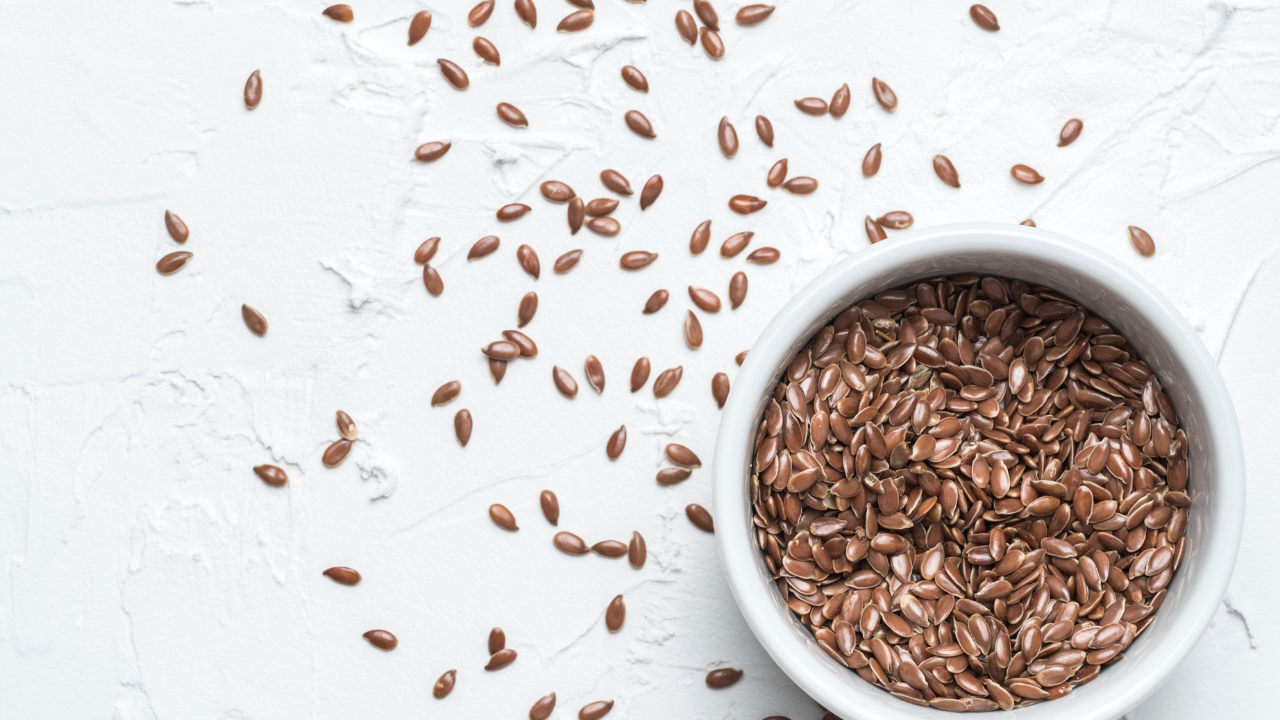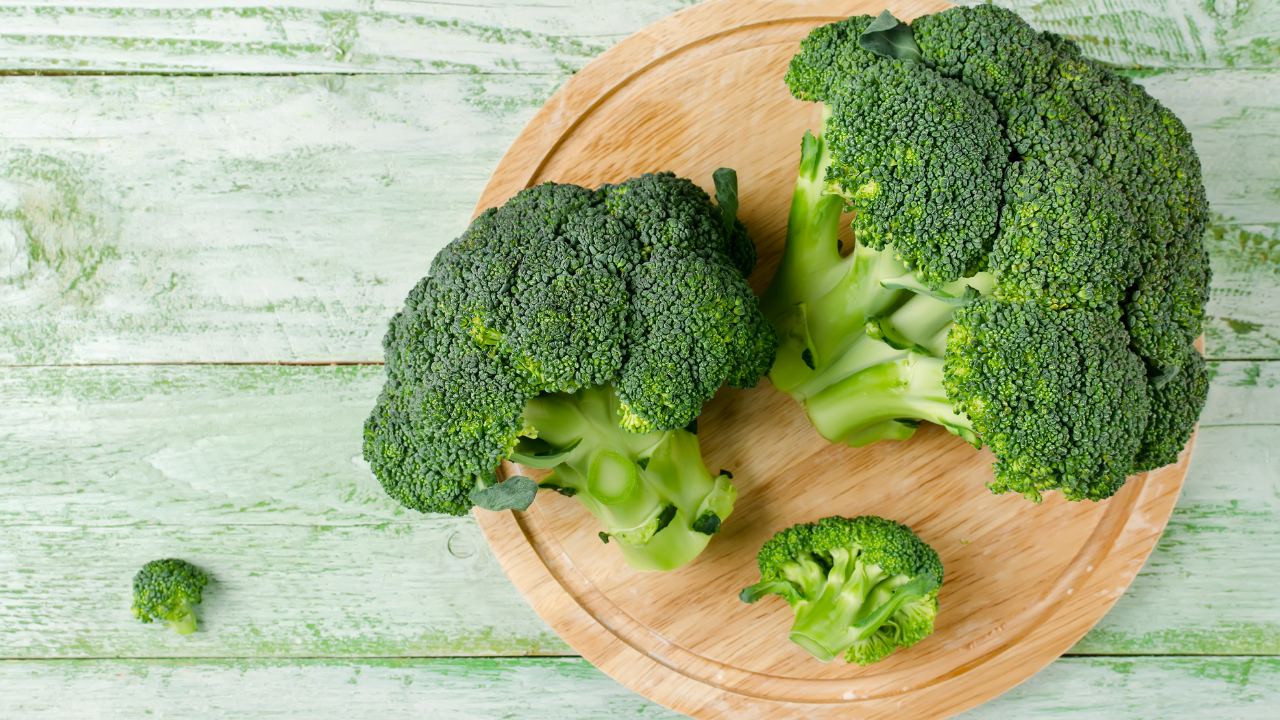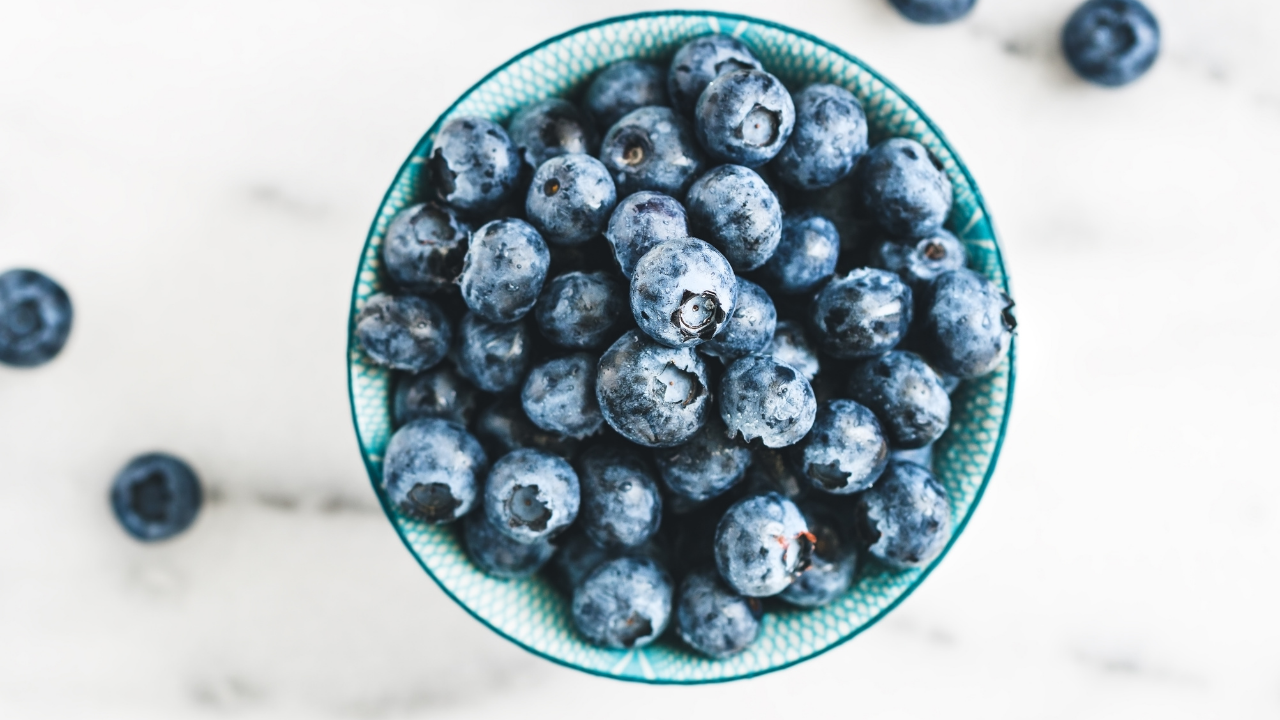|
Flaxseed (also known as linseed) can be ground into a flour called flax meal and cold-pressed into an oil. Flaxseed is one of the top anticancer foods due to the alpha-linolenic acid (ALA) it contains, which is a prime source of omega-3 fatty acids. ALA protects the kidneys from damage.
Flaxseed and flaxseed oil are easy ways you can get sufficient omega-3 without consuming fish, a vegan option. Having a sufficient amount of omega-3 in the body is good for the brain, which needs them to function. Flaxseed can help prevent the depressive moods that are a common symptom of a cancer diagnosis.[i] Flaxseed also contain lignans, a type of phytoestrogen that changes estrogen metabolism because it binds to some of the same receptors.[ii] Animal studies have shown that the lignans in flaxseed oil reduce breast cancer growth and spread.[iii] Cancer prevention studies of postmenopausal women showed that flaxseed supplementation improved the ratio of hormones in women’s bodies, making them less hospitable environments for cancer to occur.[iv] One study with mice shows it may work well alone or as an adjunct to Tamoxifen, a drug used to prevent breast cancer recurrence.[v] Flaxseed Is Especially Good For . . .
Cancer-Free woth Food Recipes with Flaxseed
Other Ways of Incorporating Flaxseed in Your Cancer-Healing Kitchen
Resources from Cancer-Free with Food book [i] A. Tanskanen,J.R. Hibbeln, J. Tuomilehto, et al. “Fish Consumption and Depressive Symptoms in the General Population in Finland,” Psychiatric Services, vol. 52, no. 4 (2001), pp. 529–31, https://www.ncbi.nlm.nih.gov/pubmed/11274502. [ii] A. Calado, P.M. Neves, T. Santos, et al. “The Effect of Flaxseed in Breast Cancer: A Literature Review,” Frontiers in Nutrition (February 27, 2018), https://www.frontiersin.org/articles/10.3389/fnut.2018.00004/full. Also: J. Lee, K. Cho. “Flaxseed Sprouts Induce Apoptosis and Inhibit Growth in MCF-7 and MDA-MB-231 Human Breast Cancer Cells,” In Vitro Cellular Development and Biology. Animal, vol. 48, no. 4 (2012), pp. 244–50, https://www.ncbi.nlm.nih.gov/pubmed/22438134. [iii] Ibid. [iv] “Flaxseed,” Memorial Sloan-Kettering Cancer Center (accessed June 26, 2018), https://www.mskcc.org/cancer-care/integrative-medicine/herbs/flaxseed. Also: L.U. Thompson, J.M. Chen, T. Li, et al. “Dietary Flaxseed Alters Tumor Biological Markers in Postmenopausal Breast Cancer,” Clinical Cancer Research, vol. 11, no. 10 (2005), pp. 3828–35, http://www.ncbi.nlm.nih.gov/pubmed/15897583. Also: S.E. McCann, L.U. Thompson, J. Nie, et al. “Dietary Lignan Intakes in Relation to Survival among Women with Breast Cancer: The Western New York Exposures and Breast Cancer (WEB) Study,” Breast Cancer Research and Treatment, vol. 122, no. 1 (July 2010), pp. 229–35, https://www.ncbi.nlm.nih.gov/pubmed/20033482. [v] J. Chen, K.A. Power, J. Mann, et al. “Flaxseed alone or in combination with tamoxifen inhibits MCF-7 breast tumor growth in ovariectomized athymic mice with high circulating levels of estrogen,” Experimental Biology and Medicine, vol. 232, no. 8 (September 2007), pp. 1071–80, https://www.ncbi.nlm.nih.gov/pubmed/17720953. [vi] “Flaxseed,” Memorial Sloan-Kettering Cancer Center. [vii] B. Liang, S. Wang, Y.J. Ye, et al. “Impact of Postoperative Omega-3 Fatty Acid-supplemented Parenteral Nutrition on Clinical Outcomes and Immunomodulations in Colorectal Cancer Patients,” World Journal of Gastroenterology, vol. 14, no. 15 (2008), pp. 2434–9, https://www.ncbi.nlm.nih.gov/pubmed/18416476. Also: C.H. MacLean, et al. “Effects of Omega-3 Fatty Acids on Cancer Risk,” JAMA, vol. 295, no. 4 (2006), pp. 403–15, http://www.ncbi.nlm.nih.gov/pubmed/16434631; and M.K. Sung, M. Lautens, L.U. Thompson. “Mammalian Lignans Inhibit the Growth of Estrogen-independent Human Colon Tumor Cells,” Anticancer Research, vol. 18, no. 3A (May–June 1998), pp. 1405–8, https://www.ncbi.nlm.nih.gov/pubmed/9673348. [viii] L.E. Rhodes, H. Shahbakhti, R.M. Azurdia, et al. “Effect of Eicosapentaenoic Acid, an Omega-3 Polyunsaturated Fatty Acid, on UVR-related Cancer Risk in Humans. An Assessment of Early Genotoxic Markers,” Carcinogenesis, vol. 24, no. 5 (May 2003), pp. 919–25, https://www.ncbi.nlm.nih.gov/pubmed/12771037. Also: L. Yan, J.A. Yee, D. Li, et al. “Dietary flaxseed supplementation and experimental metastasis of melanoma cells in mice,” Cancer Letters, vol. 124, no. 2 (February 1998), pp.181–6, http://www.ncbi.nlm.nih.gov/pubmed/9500208. [ix] W. Demark-Wahnefried, T.J. Polascik, S.L. George, et al. “Flaxseed Supplementation (not Dietary Fat Restriction) Reduces Prostate Cancer Proliferation Rates in Men Presurgery,” Cancer Epidemiology, Biomarkers, and Prevention, vol. 17, no. 12 (December 2008), pp. 3577–87, http://www.ncbi.nlm.nih.gov/pubmed/19064574. [x] “Flaxseed,” Memorial Sloan-Kettering Cancer Center.
0 Comments
I love when studies are done to show that vegetables have anti-cancer properties! Broccoli is, of course, one of the most studied among the vegetable family. Studies show that broccoli contains “compounds that may protect the body from stomach cancer, as well as cancers of the mouth, pharynx, larynx, and esophagus.”[i] And when we break down broccoli, we can see why!
This mighty, green, treelike veg is in the cruciferous vegetable family, along with cauliflower, cabbage, Brussels sprouts, bok choy, and kale—all excellent or good sources of. Broccoli is packed with immune-boosting vitamins nutrients and phytochemicals: vitamin C, sulforaphane, manganese, vitamin K, folate, vitamin B, potassium, fiber, magnesium, and carotenoids, such as beta-carotene. “Carotenoids inhibit cancer growth, improve immunity, support vision and promote skin health.” [ii] Broccoli is also rich in glucosinolates, a compound found in all cruciferous vegetables. Glucosinolates form isothiocyanates and indoles, which are known to prevent tumor growth and decrease the production of cancer cells, which stop cancer from being able to survive in the body.[iii] And broccoli has tons of fiber, one of the top seven nutrients that fight cancer according to the American Institute for Cancer Research.[iv] In a five-year study of patients in Spanish hospitals, researchers recruited people with lung cancer. Controls were individuals attending hospital for trivial surgery. They collected information on lifestyle, placing special emphasis on tobacco use and dietary habits. They observed a reduced risk of cancer by those who consumed broccoli and pumpkin and said that the frequent consumption of green leafy vegetables and other vegetables might be associated with a reduced risk of lung cancer.[v] Broccoli Is Especially Good For . . . [vi]
Doctrine of Signatures: The broccoli head, when cut in half, resembles the inside chamber of the lungs; therefore, it is believed that broccoli is especially useful for lung health. Also, when we examine broccoli up close, the tips on a head of broccoli look like hundreds of tiny cancer cells. Suggested “dosage”:
A fact sheet from the National Cancer Institute reports that three or more servings of cruciferous vegetables (broccoli, cauliflower, cabbage, bok choy, Brussels sprouts) a week may reduce prostate cancer risk by nearly 50 percent.[vii] Empowering info! The Cancer-Free with Food recipes with Broccoli
Other Ways of Incorporating Broccoli in Your Cancer-Healing Kitchen There are so many ways to eat broccoli! You can eat broccoli raw, steam it, or roast it with some olive oil, garlic, and sea salt. My favorite way to eat broccoli is by roasting it and adding some nutritional yeast so it tastes a bit like cheesy popcorn. It makes a great side dish or even an entire meal. You could:
Fun fact: The four-petal flowers from cruciferous veggies resemble a cross or crucifer, hence the name. Surely broccoli is a gift from God? Hehe! The other cruciferous vegetables are known as the “headless crucifers”; for example, kale and collard greens. Resources from Cancer-Free with Food book [i] AICR’s Foods That Fight Cancer. “Broccoli and Cruciferous Vegetables,” American Institute for Cancer Research (accessed June 30, 2018), www.aicr.org/foods-that-fight-cancer/broccoli-cruciferous.html. [ii] Kellie Bramlet. “Phytochemicals and Cancer: What You Should Know,” MD Anderson Cancer Center (January 2017), https://www.mdanderson.org/publications/focused-on-health/january-2017/phytochemicals-and-cancer-what-you-should-know.html. [iii] Ibid. [iv] AICR eNews. “7 Key Nutrients: Find Them in Your Cancer-Fighting Foods,” American Institute for Cancer Research (March 2, 2017), http://www.aicr.org/enews/2017/03-march/enews-7-key-nutrients-found-in-foods.html [v] A.M. Tarrazo-Antelo, A. Ruano-Ravina, J. Abal Arca,et al. “Fruit and Vegetable Consumption and Lung Cancer Risk: A Case-Control Study in Galicia, Spain,” Nutrition and Cancer, vol. 66, no. 6 (August 2014), https://www.ncbi.nlm.nih.gov/pubmed/25085257. [vi] AICR’s Foods That Fight Cancer. “Broccoli and Cruciferous Vegetables.” [vii] “Cruciferous Vegetables and Cancer Prevention,” National Cancer Institute (accessed June 230, 2018), https://www.cancer.gov/about-cancer/causes-prevention/risk/diet/cruciferous-vegetables-fact-sheet. #3 Cancer-Healing Food: Blueberries
Blueberries are a powerful anti-cancer superfruit mostly because of their antioxidant qualities. Plus, they are sweet but don’t spike blood sugar or create an acid-forming, sugary breeding ground in which cancer cells can grow. When tested among 20 fruits, guess which one ranked first for antioxidant capacity? Blueberries! The reason? Mainly their many phytochemicals.[i]
Also:
Blueberries are definitely my berry of choice. They taste delicious and satisfy my sweet tooth without being sickly sweet. If you’re not as big a fan as me, closely following in antioxidant capacity are cranberry, blackberry, raspberry, strawberry, golden berries, and goji berries. Try one type, try all. Berries can help you introduce plenty of variety to your meals. Studies show that blueberries protect the brain, prevent damage to our DNA, and inhibit cancer cell development.[ii] Basically, you can imagine that the blueberries you eat are little (beneficial) bombs that go off in your body and increase the pace of natural programmed cancer cell death (apoptosis). The American Cancer Society writes: “Anthocyanidins, as well as other molecules present in blueberry, would slow the progression of cancer by blocking the development of blood vessels feeding the malignant cells. This antiangiogenic process deprives cancer cells of their supply of oxygen and nutrient molecules needed to reproduce, which makes it a powerful anticancer food.”[iii] Blueberries have been proven to kill cancer cells and reduce tumor size—how cool is this! Where’s my bowl? Blueberries Are Especially Good For . . .
Doctrine of Signatures: The blueberry looks like the iris of an eye; therefore, it is believed that blueberries are especially good for eye health and to help circulate energy to the brain and eyes. These berries also look like the sphere shape of certain reproductive organs—breasts, ovaries, and testicles—so may be beneficial for conditions associated with those organs too. Suggested “dosage”:
Cancer-Free with Food recipes with Blueberries
Other Ways to Incorporate Blueberries in Your Cancer-Healing Kitchen Because blueberries are such as wonderful source of vitamin C, MD Anderson Cancer Center put them on its list of the top five foods to reduce cancer risk.[vii] Add blueberries wherever you can! Get creative with this. I add blueberries to juices, smoothies, cereal, and desserts. I’m fond of adding them to the Chocolate Block and the Gluten-Free Buckwheat Pancakes recipes.
I also offer a Cancer-Free Video Course and book bundle which you can purchase here! Resources from Cancer-Free with Food book [i] “Anticancer Properties of Blueberries,” Cancer Effects (accessed June 30, 2018), http://www.cancereffects.com/Anticancer-Properties-of-Blueberries.html. [ii] S.A. Johnson and B.H. Arjmandi. “Evidence for Anti-cancer Properties of Blueberries: A Mini-Review,” Anticancer Agents in Medicinal Chemistry, vol. 13, no. 8 (October 2013), pp. 1142–8, https://www.ncbi.nlm.nih.gov/pubmed/23387969. [iii] Delarno’s blog. “Blueberries Kill Cancer Cells and Reduce Tumor Size,” Cancer Survivors Network (posted October 12, 2015), https://csn.cancer.org/node/297330. [iv] A. Faria, D. Pestana, D. Teixeiria, et al. “Blueberry anthocyanins and pyruvic acid adducts: anticancer properties in breast cancer cell lines,” Phytotherapy Research, vol. 24, no. 12 (December 2010), pp. 1862-9, https://www.ncbi.nlm.nih.gov/pubmed/20564502. [v] Kristoffer T. Davidson, Ziwen Zhu, Qian Bai, et al. “Blueberry as a Potential Radiosensitizer for Treating Cervical Cancer,” Pathology and Oncology Research (published online 2017), https://link.springer.com/article/10.1007/s12253-017-0319-y. Also: Honor Whiteman. “How Blueberries Help to Kill Cancer Cells,” Medical News Today (January 3, 2018) [vi] Sylvia Booth Hubbard. “Blueberries: A Natural Weapon to Treat Alzheimer’s, Heart Disease, and Cancer,” Newsmax (posted Mach 29, 2016), https://www.newsmax.com/health/headline/blueberries-natural-weapon-treat/2016/03/29/id/721354. [vii] “Five Foods That Help Lower Your Cancer Risk,” M.D. Anderson Cancer Center (August 2016), https://www.mdanderson.org/publications/focused-on-health/August2016/foods-lower-cancerrisk.html. |
by liana werner-grayHi. I am a Health researcher bringing you honest information about cancer healing treatments and foods that kill (and cause) cancer! I love diving into the scientific studies that show this research. Archives
December 2021
Categories |



 RSS Feed
RSS Feed
